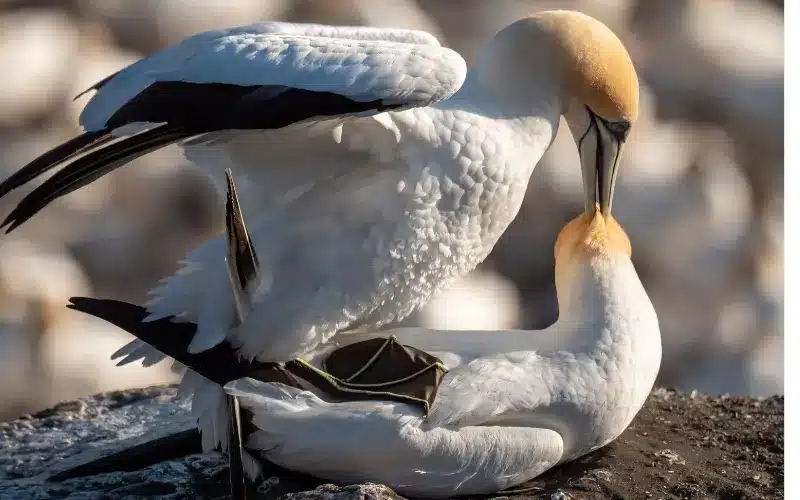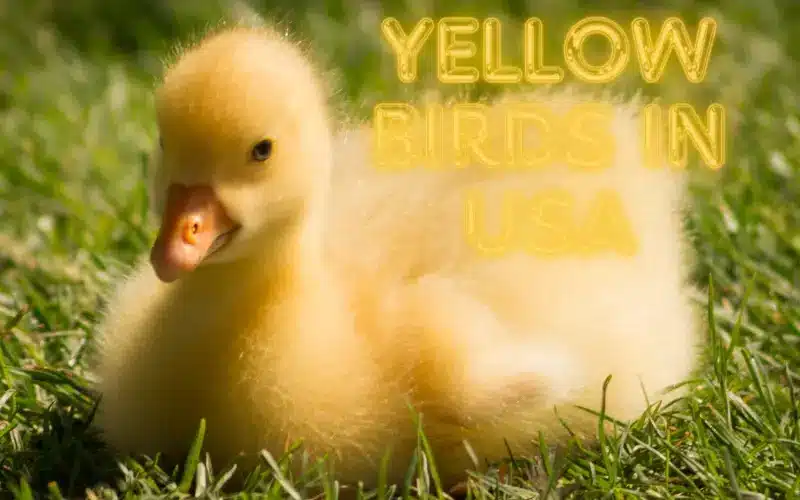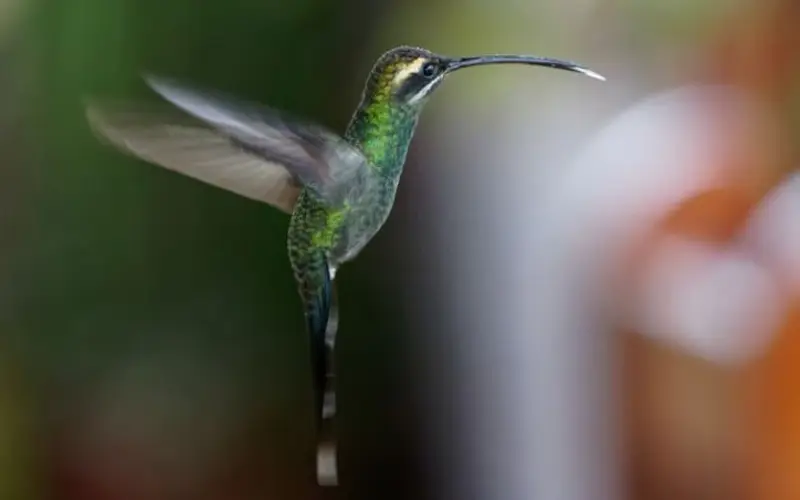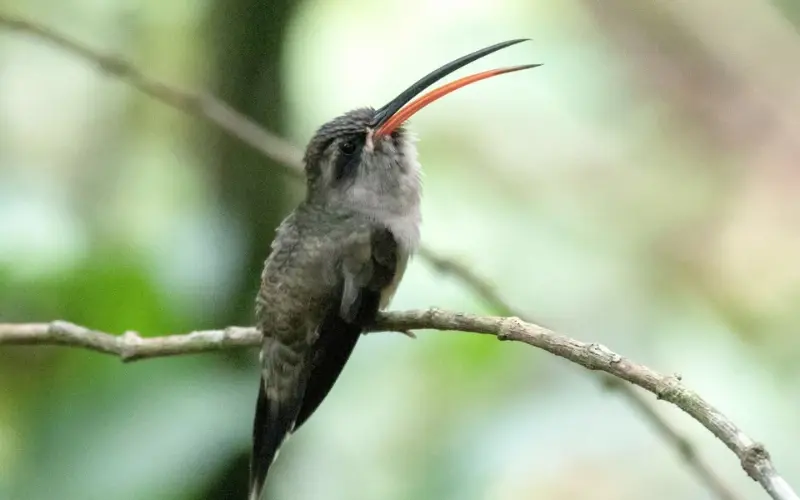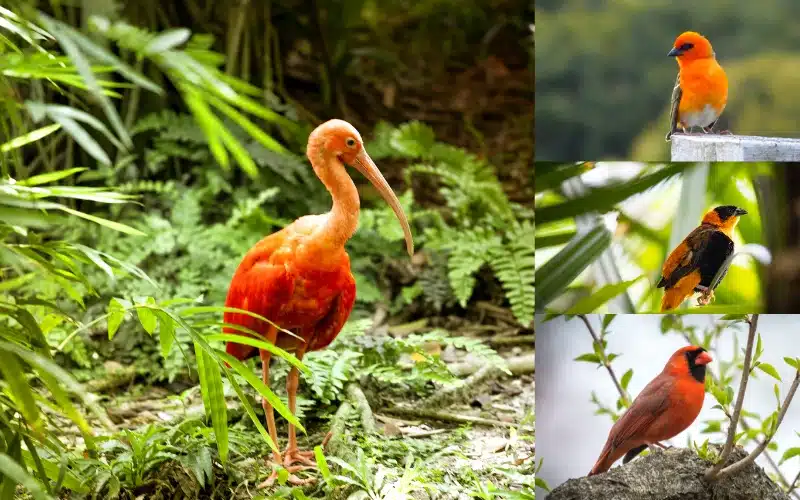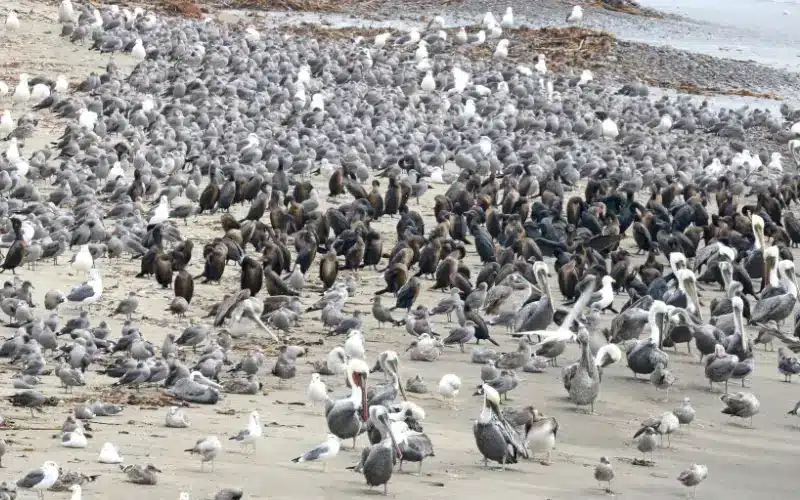How do Birds Mate? Bird mating behaviors are as diverse as the species themselves, encompassing a fascinating array of rituals, displays, and strategies. While the specifics vary greatly between different bird species, many share common elements in their courtship and mating processes.
How do Birds Mate?
Bird mating basics: Birds pair briefly, often in seconds, despite elaborate mating displays. The act of mating, commonly called the “cloacal kiss,” involving the cloaca, which performs reproductive and excretory functions, occurs in about 97 percent of birds.
Explanation of mating process: During mating, males and females align their cloacae with transferring sperm. This usually involves the male mounting the female’s back and brief contact between their cloacas. Only 3% of birds, such as ducks and ostriches, have penises for mating.
Mating Rituals and Displays: Birds engage in complex mating rituals, including singing, dancing, and plumage displays, to attract mates and ensure strong offspring. These displays are important for mate selection and species identification.
Variations and exceptions in bird breeding: Some Forest birds have penises, which are straightened by lymphatic fluid, which aids in mating with water. Factors such as habitat (land or water life) can affect the presence of genitalia in birds. Additionally, birds lay eggs after mating, which involves internal fertilization. However, they do not conceive like mammals.

The birds are known for their incredible and ornate mating displays and rituals, ranging from the intricate planning and madness of male lyrebirds to the acrobatic feats of various male hummingbirds and the bizarre rituals of various birds. Although much of the discussion about bird breeding revolves around mating displays, it is also important to consider the question of how birds mate.
How do birds mate? Most birds mate only temporarily, the entire process lasting mere seconds, even when the mating display itself is the result of long, carefully planned, and possibly millions of years of evolution! The process of bird mating is commonly referred to as a cloacal kiss, where the cloaca, an opening shared by about 97 percent of male and female birds, is involved.
The cloaca is not analogous to a penis, but rather an opening that is connected to the reproductive organs. However, it is worth noting that approximately 3% of birds have some form of genitalia, although it differs significantly from mammalian genitalia.
Avian mating rituals influenced many of Darwin’s early theories of evolution. Darwin hypothesized that competitive mating displays helped female birds choose the most suitable mates and allowed birds to discriminate between different species.

These mating displays not only attract females to males who put in extra effort to impress, but they also contribute to the preservation of future generations by ensuring that individuals with successful mating strategies, such as how do birds mate, pass on their genes. By observing these fascinating rituals, including the specific behaviors and techniques employed by birds during their mating process, we can gain insights into the complex mechanisms of avian reproduction and continue to expand our knowledge in this field.


